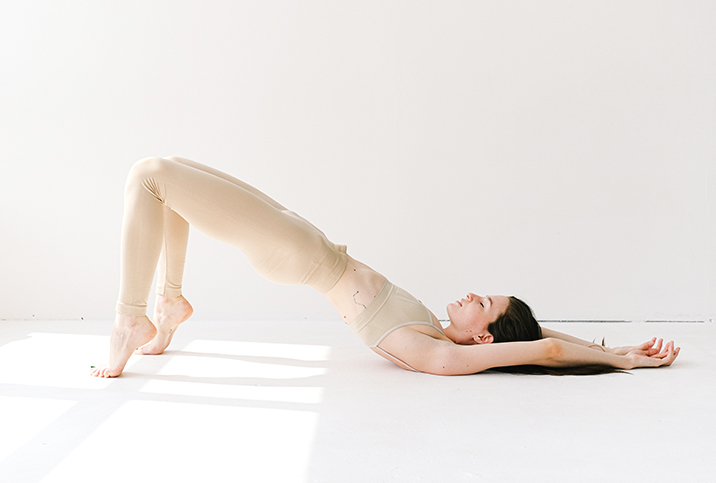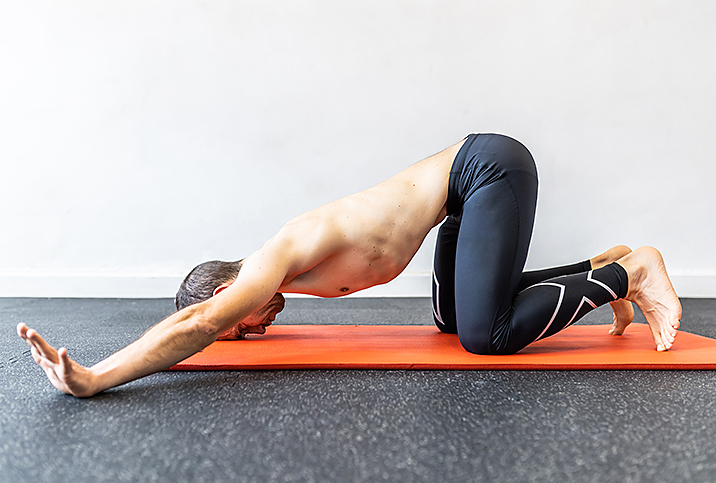Your Pelvic Floor Muscles Need Attention

Your pelvic floor muscles are located at the base of the pelvis and help support the bladder, uterus and bowel. These muscles, referred to as a hammock, extend from the pelvic bone to the tailbone to hold these lower organs in place. During menopause, these muscles weaken due to the lack of estrogen production. Women may need to accommodate for this biological change by implementing strength and conditioning programs tailored to their needs.
Weakened pelvic floor and dysfunction
Menopause is a common trigger for pelvic floor dysfunction, with 1 in 3 women experiencing pelvic prolapse during or after menopause. Pelvic prolapse can cause bladder and bowel incontinence, painful sex, problems using tampons and in some cases a "bulge" around the vagina.
However, it's not just during or after menopause that issues can occur. Women are also at higher risk for pelvic floor dysfunction and prolapse during and after pregnancy and childbirth.
Strength training
Kegel exercises are the most well-known way to strengthen a pelvic floor. They were created by gynecologist Arthur Kegel in 1948 to provide pelvic floor strengthening and gauge pelvic contraction strength.
The action is simple: Contract your pelvic muscles that surround your vagina and anus (think of controlling the urge to pee or having a bowel movement), hold the contraction for 3 to 5 seconds, then relax for 3 to 5 seconds and repeat this sequence 10 times. It's recommended to work for up to 10 seconds per contraction for 30 to 40 repetitions per day.
You can perform this exercise during any part of your day—sitting at a desk, in your car, waiting in line, watching TV and lying in bed. Avoid practicing Kegel exercises while urinating, though, as that could lead to urinary tract infections.
Yoga for the pelvic floor
Yoga helps strengthen your pelvic muscles with poses such as downward dog and bridge pose. There are studio and online yoga teachers that specifically have classes geared toward working your pelvic floor muscles.
Yoga can also help women who have the opposite problem. It is possible to have a hypertonic pelvic floor, a condition in which the pelvic floor muscles are too tight, resulting in symptoms like chronic pain and constipation. In this case, yoga can help ease muscle tension.
Physical therapy
In some cases, it may be necessary to seek out medical help to strengthen your pelvic muscles. Pelvic floor therapists assist women with strengthening exercises and can also provide biofeedback and electric stimulation interventions. Both of these therapies are done in a medical office and are painless procedures.
Overall pelvic health
Pelvic floor health is also essential to a woman's sexual health and sexual satisfaction. For instance, vaginal dryness and discomfort due to menopausal hormone changes may be relieved with pelvic floor strengthening.
Women who experience chronic vaginal and pelvic pain should seek medical advice, but it's generally a good bet that strengthening your pelvic floor muscles can help alleviate some of the discomfort. If you have questions about pelvic floor disorders for your medical practitioner, Massachusetts General Hospital has a list of questions to help you start the conversation.
Please note: Although this article focuses on the pelvic floor of menopausal women, men also experience loose or tight pelvic floor muscles. Most often, men can use the same strengthening and relaxing techniques to alleviate symptoms.


















